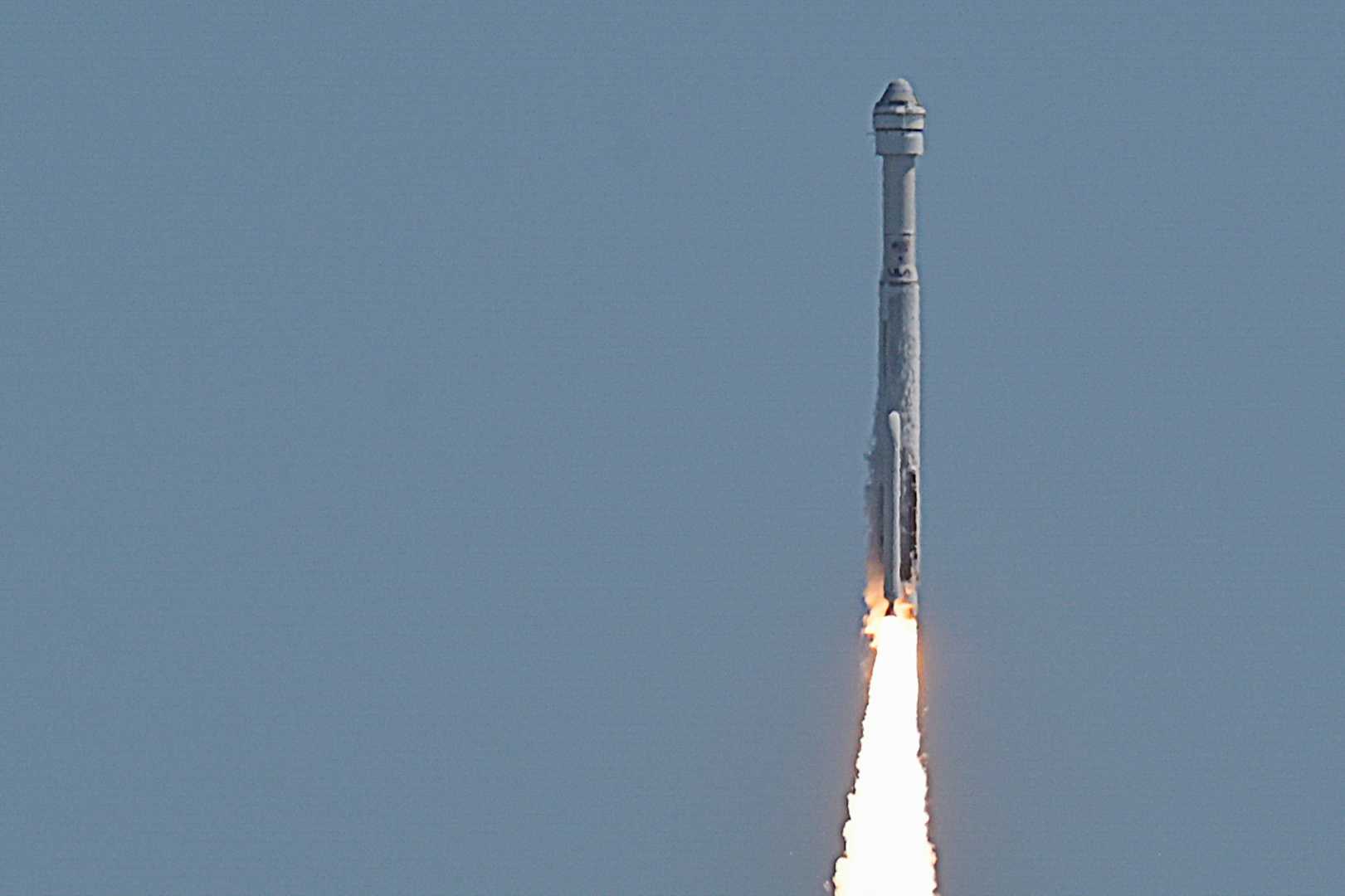News
Certification Concerns Delay Boeing’s Starliner Mission, Impacting NASA’s Schedule

Boeing‘s CST-100 Starliner spacecraft continues to face certification challenges that delay its return to crewed missions, impacting NASA‘s planned schedule for space transport. These issues follow propulsion problems experienced during Starliner’s initial crewed test flight, necessitating further scrutiny by NASA.
Nasa’s astronauts Sunita Williams and Butch Wilmore were initially scheduled to return aboard Starliner, however, due to these complications, their return will now be on SpaceX‘s Crew Dragon in February 2025. The repeated delays provoke questions about Boeing’s ability to fulfill NASA’s stringent certification requirements following the June 2024 flight’s thruster issues.
NASA has stated that these propulsion issues have been a persistent concern since the Starliner’s uncrewed test flights in 2019 and 2022. Despite ongoing efforts by Boeing to rectify these problems, NASA’s apprehensions remain, raising uncertainty over future Starliner missions. Consequently, NASA is advancing with SpaceX’s Crew-10 mission, ensuring uninterrupted International Space Station (ISS) operations.
With Starliner facing setbacks, the focus shifts to SpaceX’s operations. NASA’s SpaceX Crew-10 mission is slated for launch no earlier than February 2025 and will include NASA astronauts Anne McClain and Nichole Ayers, as well as international partners from JAXA and Roscosmos. Meanwhile, the Crew-9 team, having already arrived at the ISS, will return to Earth, including astronauts Williams and Wilmore.
Furthermore, NASA’s SpaceX Crew-11 mission is slated for mid-2025 to support the ISS with crew rotations and additional operations. This continuity marks a significant reliance on SpaceX for transporting astronauts, underlining Boeing’s delays.
The timing for Starliner’s next flight remains undetermined as NASA and Boeing work towards resolving outstanding certification requirements. The possibility of requiring another test flight prior to operational missions adds to the uncertainty.
In the interim, NASA maintains readiness to adapt to new developments and timelines as further information becomes available. The agency emphasizes its continued commitment to innovation and safety, while also ensuring the schedule of missions and station operations proceeds smoothly.












